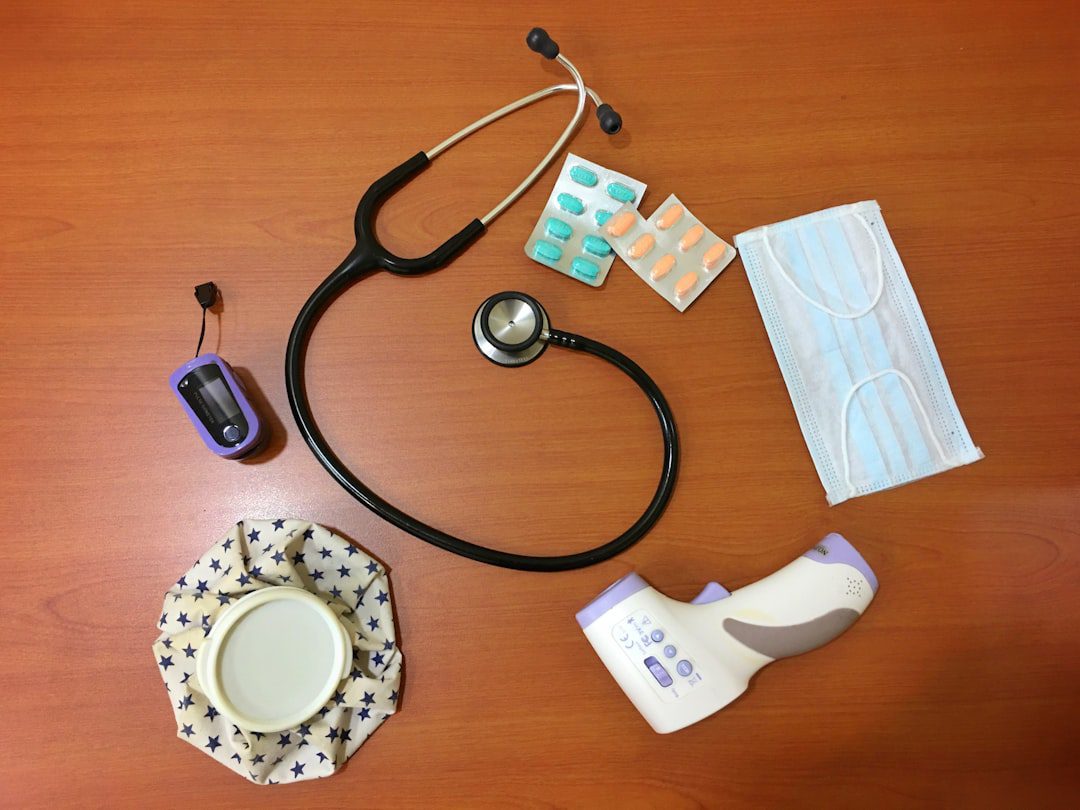
Understanding the FDA’s Latest Alert Update
The FDA has issued an update regarding ongoing issues with Bard Peripheral Vascular’s atherectomy catheter system, marking a significant development in the agency’s Communications Pilot to Enhance the Medical Device Recall Program. This alert serves as a critical case study for medical device manufacturers navigating post-market surveillance requirements and recall communications.
What Happened: The Atherectomy Catheter Issue
Atherectomy catheters are specialized medical devices used to remove plaque from arteries, particularly in peripheral vascular procedures. The FDA’s updated alert indicates ongoing concerns with Bard Peripheral Vascular’s system, though specific technical details about the device malfunction or patient safety issues remain under investigation as part of the agency’s enhanced communication framework.
This update represents the FDA’s commitment to more transparent and timely communication with healthcare providers and patients about potential device safety concerns, even when investigations are ongoing.
Why This Matters to Medical Device Manufacturers
Enhanced Recall Communication Requirements: The FDA’s Communications Pilot program represents a shift toward more proactive and transparent recall communications. Manufacturers must now be prepared for:
- More frequent public updates during ongoing investigations
- Enhanced documentation requirements for post-market surveillance
- Increased scrutiny of device performance data
- Faster response times to safety concerns
Risk Management Implications: This case highlights the critical importance of robust post-market surveillance systems under ISO 14971 and FDA regulations. Manufacturers must ensure their risk management processes can quickly identify and respond to emerging safety signals.
Regulatory Context: The Communications Pilot Program
The FDA’s Communications Pilot to Enhance the Medical Device Recall Program, launched to improve transparency and speed of safety communications, requires manufacturers to understand new expectations for:
- Proactive communication: Earlier notification of potential issues
- Ongoing updates: Regular status reports during investigations
- Enhanced documentation: More detailed technical information sharing
- Stakeholder engagement: Broader communication to healthcare providers
Critical Action Steps for Manufacturers
1. Review Your Post-Market Surveillance System
Ensure your quality management system under ISO 13485 includes robust mechanisms for detecting and analyzing device performance issues. This includes systematic review of customer complaints, returned products, and field reports.
2. Update Communication Protocols
Develop clear procedures for rapid communication with the FDA and other stakeholders when safety concerns arise. Your protocols should address:
- Internal escalation procedures
- FDA notification timelines
- Customer communication strategies
- Documentation requirements
3. Strengthen Risk Management Processes
Review your risk management file to ensure it adequately addresses post-market risk monitoring and mitigation strategies. Consider conducting a fresh risk analysis if your device has similar complexity or application to atherectomy catheters.
4. Prepare for Enhanced Scrutiny
The Communications Pilot program suggests the FDA is moving toward more intensive oversight of device safety. Ensure your quality system can support increased information requests and potential inspections.
Industry Best Practices Moving Forward
Smart manufacturers are already adapting to this new regulatory environment by implementing proactive surveillance systems, investing in real-world evidence collection, and establishing robust communication frameworks. The key is to view enhanced FDA communication requirements not as a burden, but as an opportunity to demonstrate commitment to patient safety and build trust with regulators.
This Bard Peripheral case serves as a reminder that in today’s regulatory environment, transparency and proactive communication are not just regulatory requirements—they’re business imperatives that can protect both patients and your company’s reputation.


No comments yet. Be the first to comment!